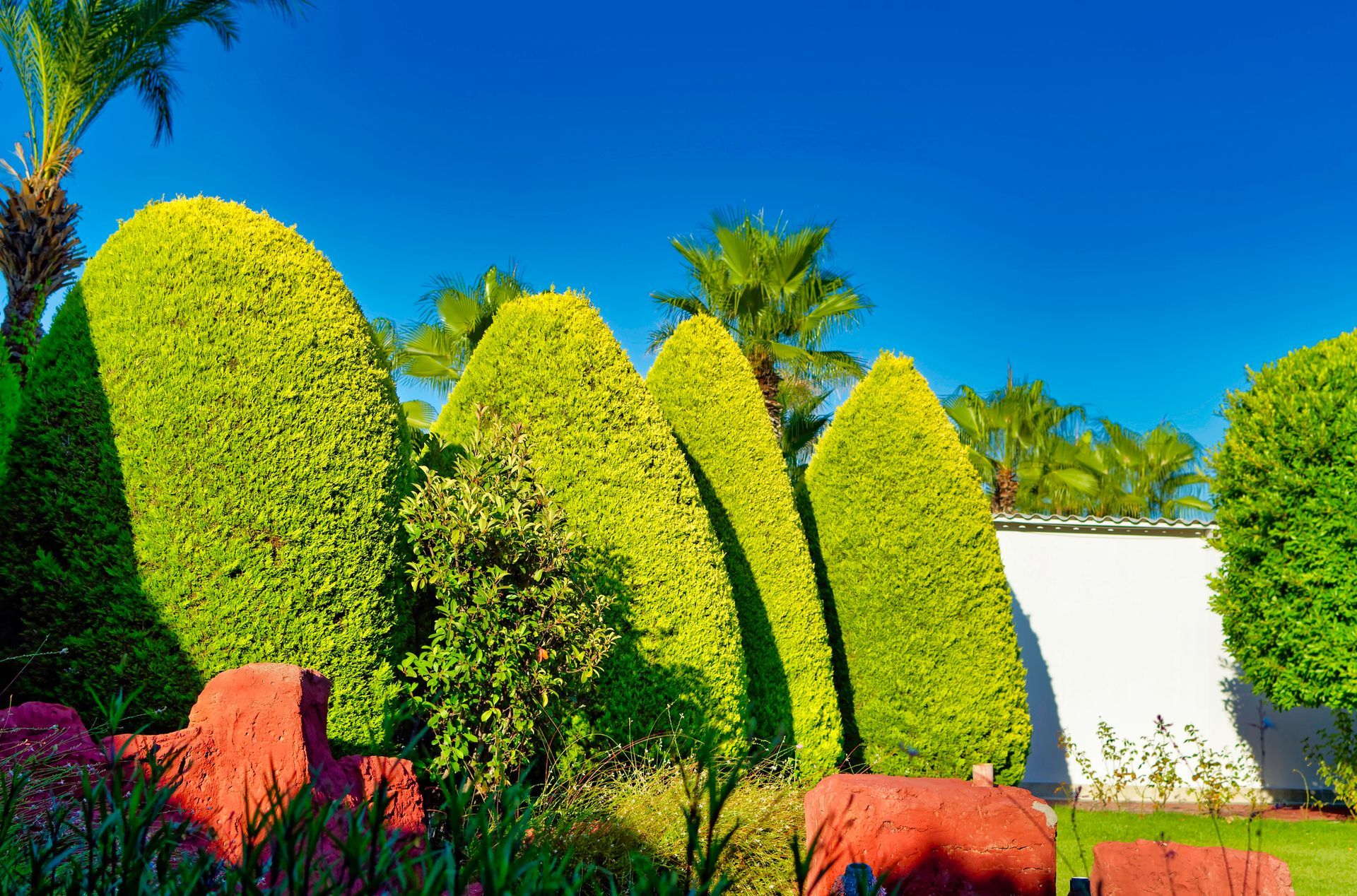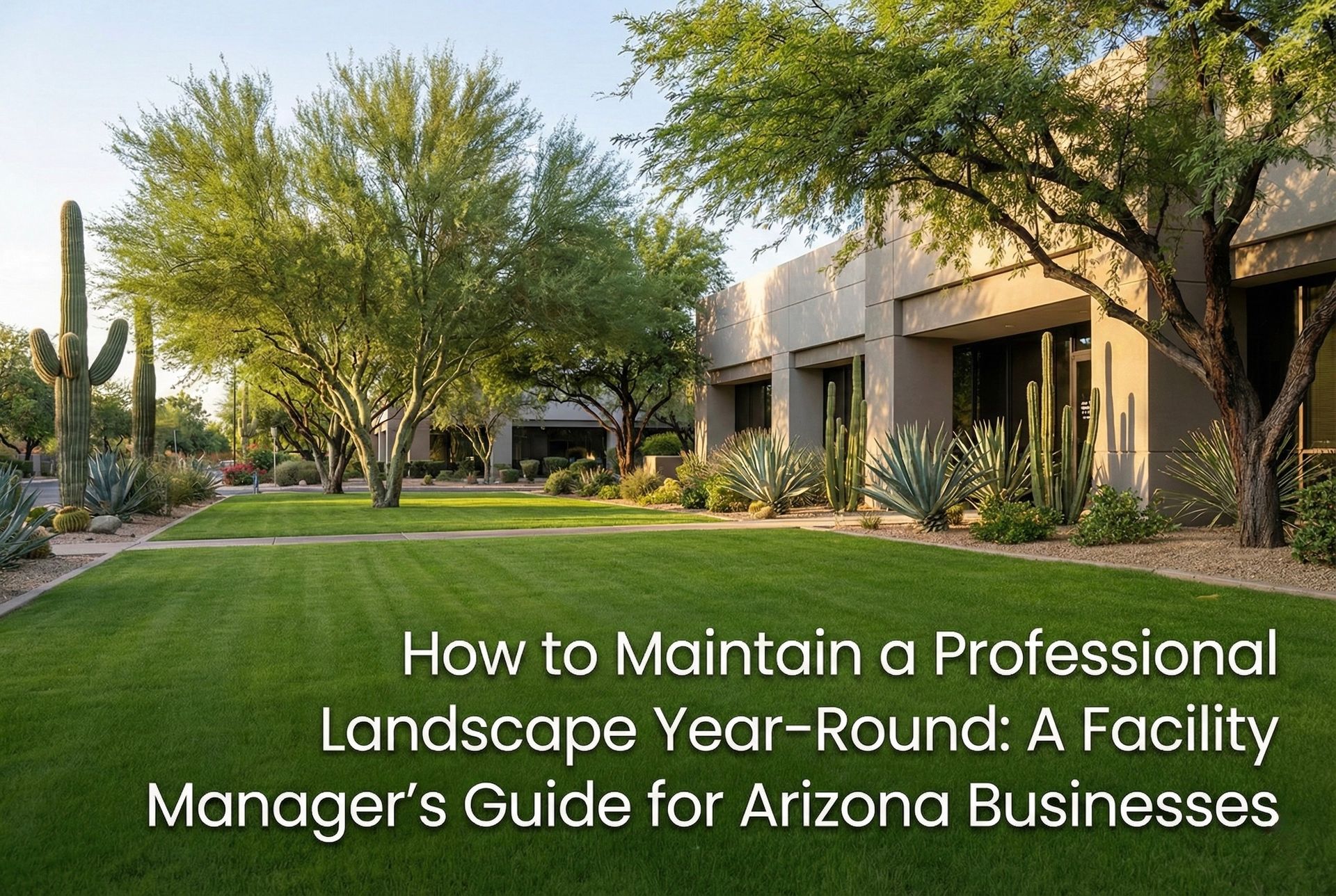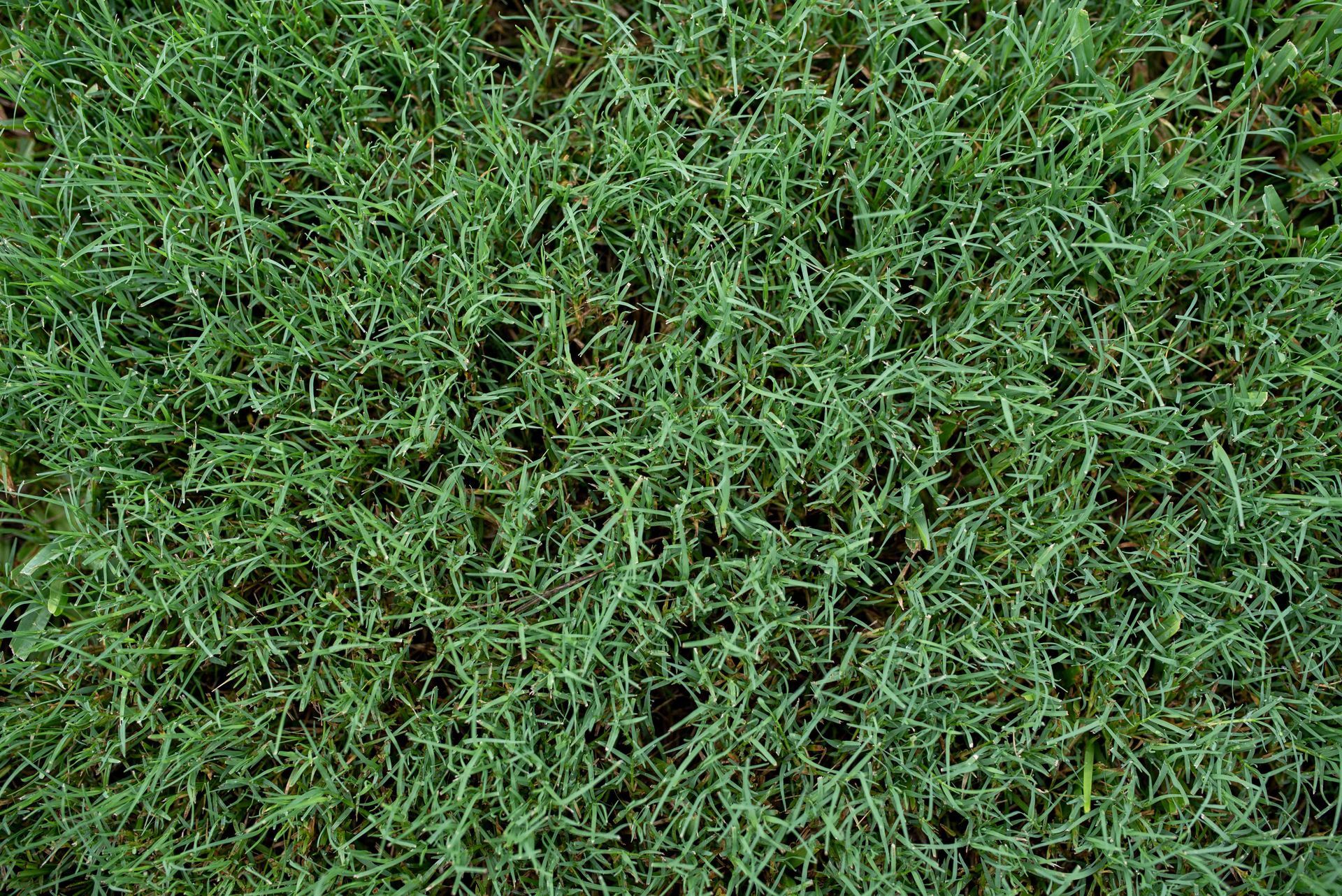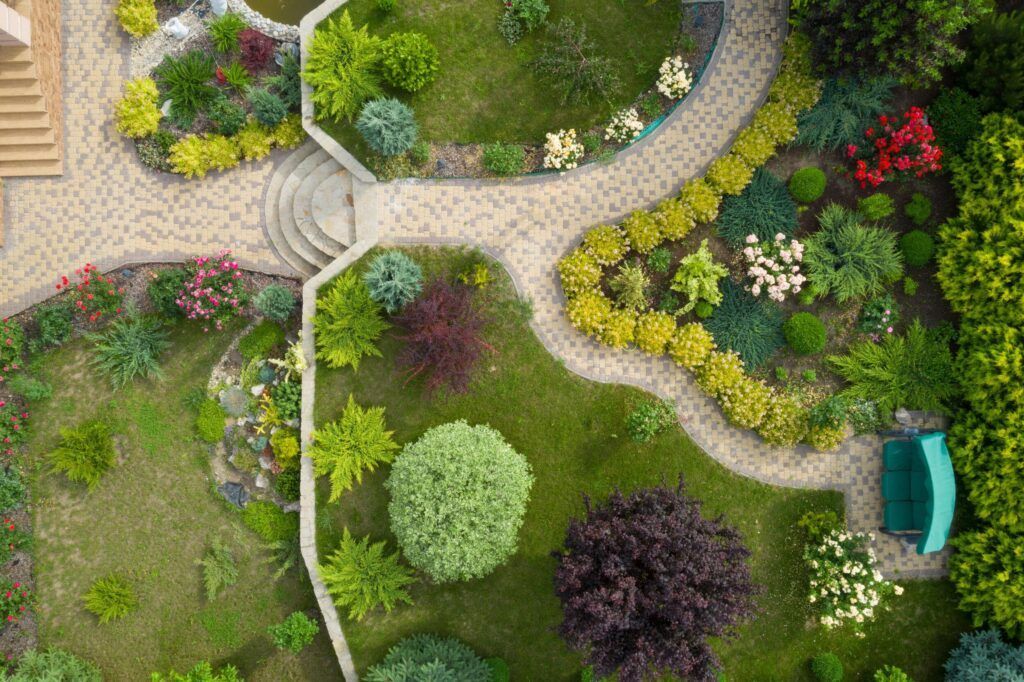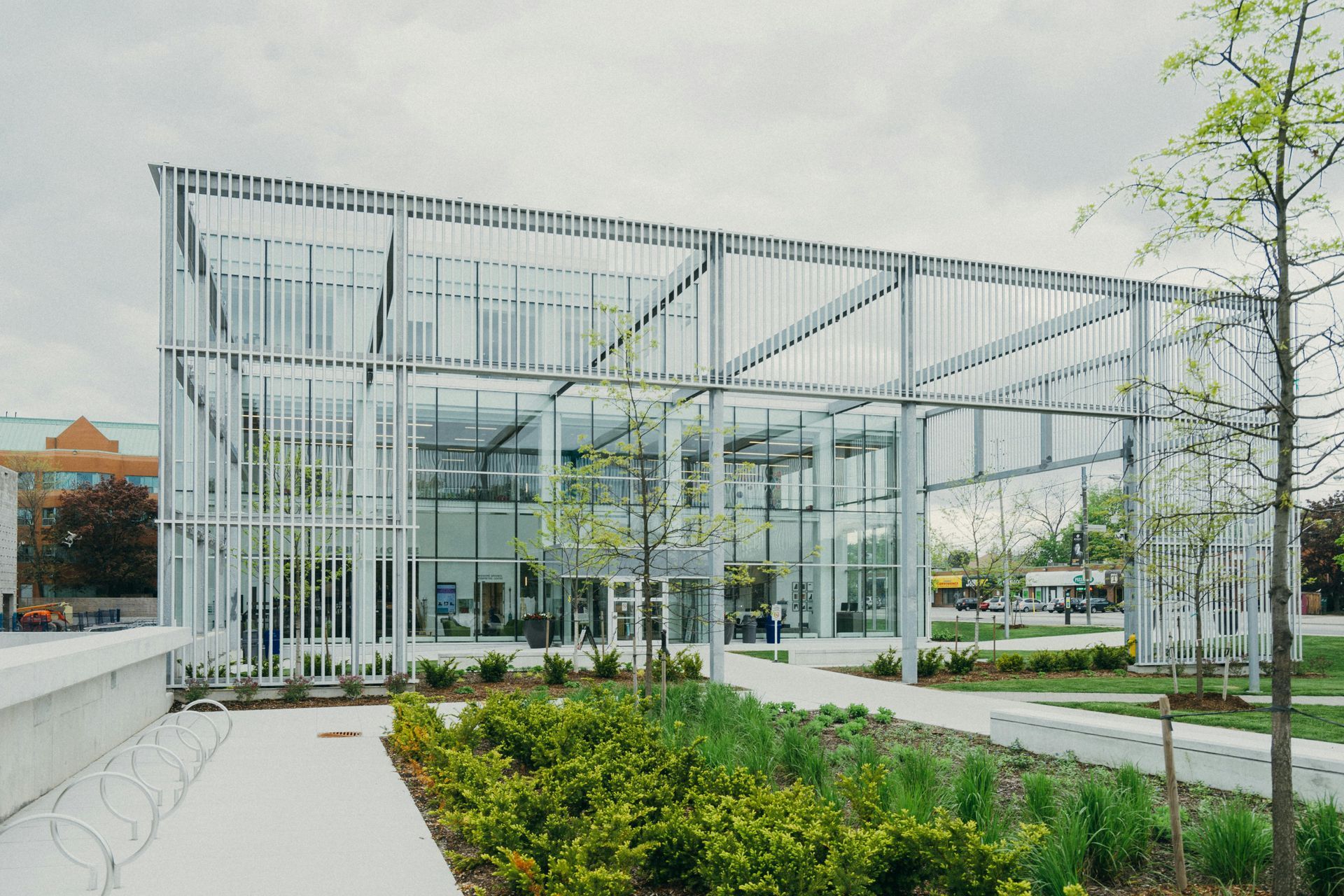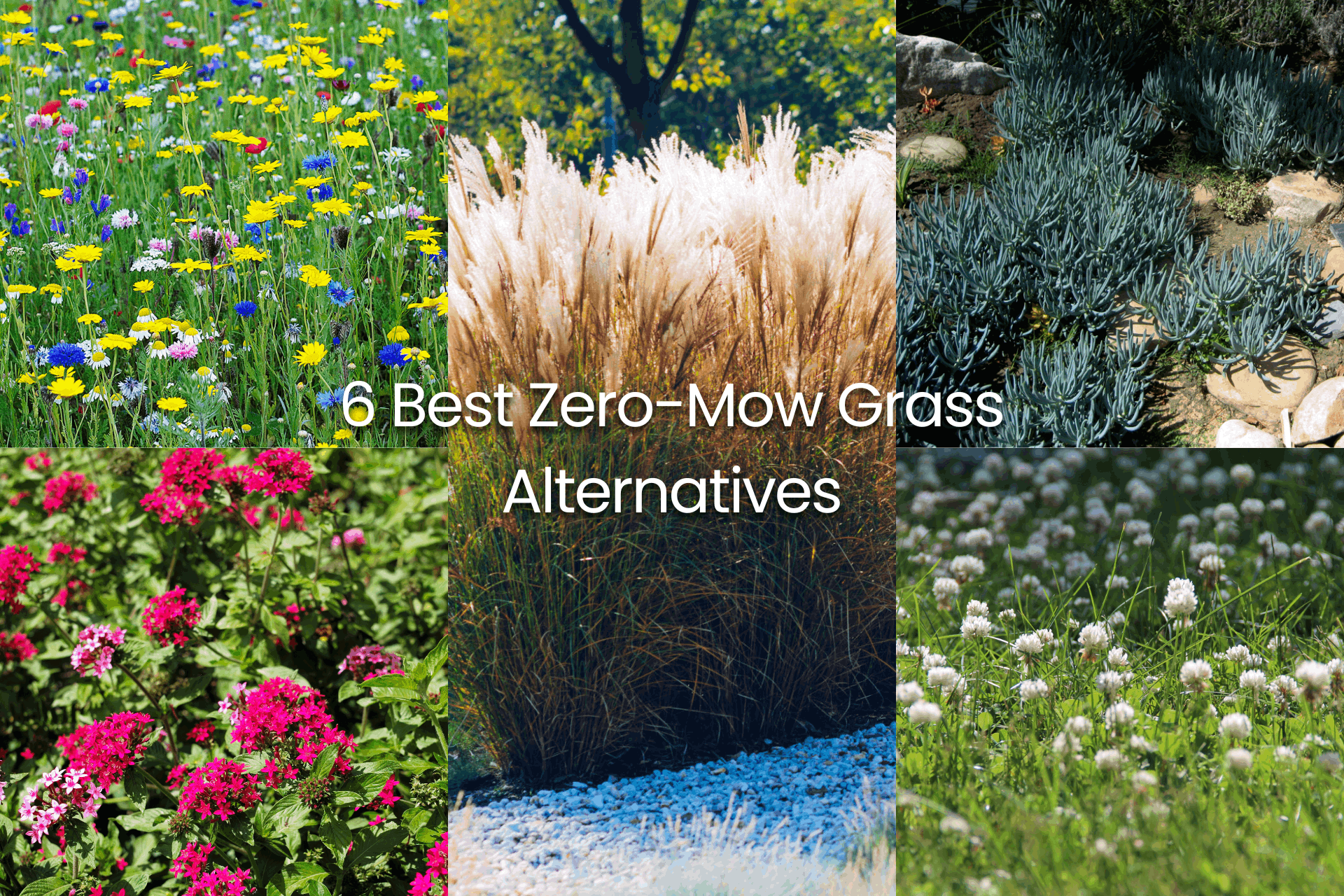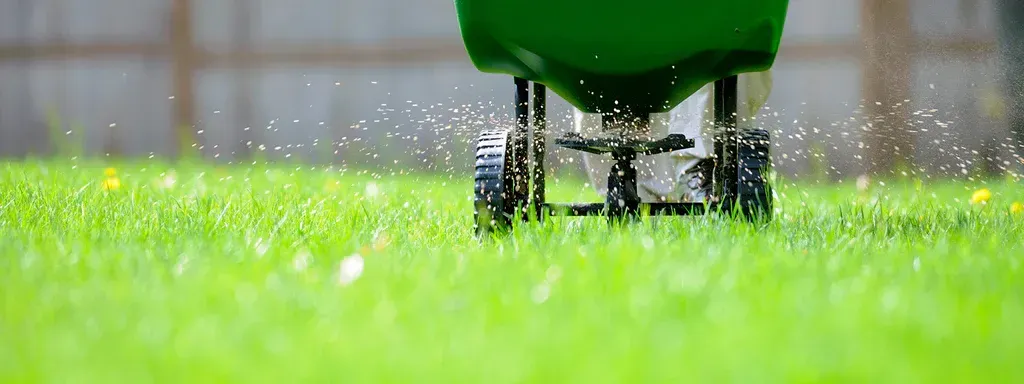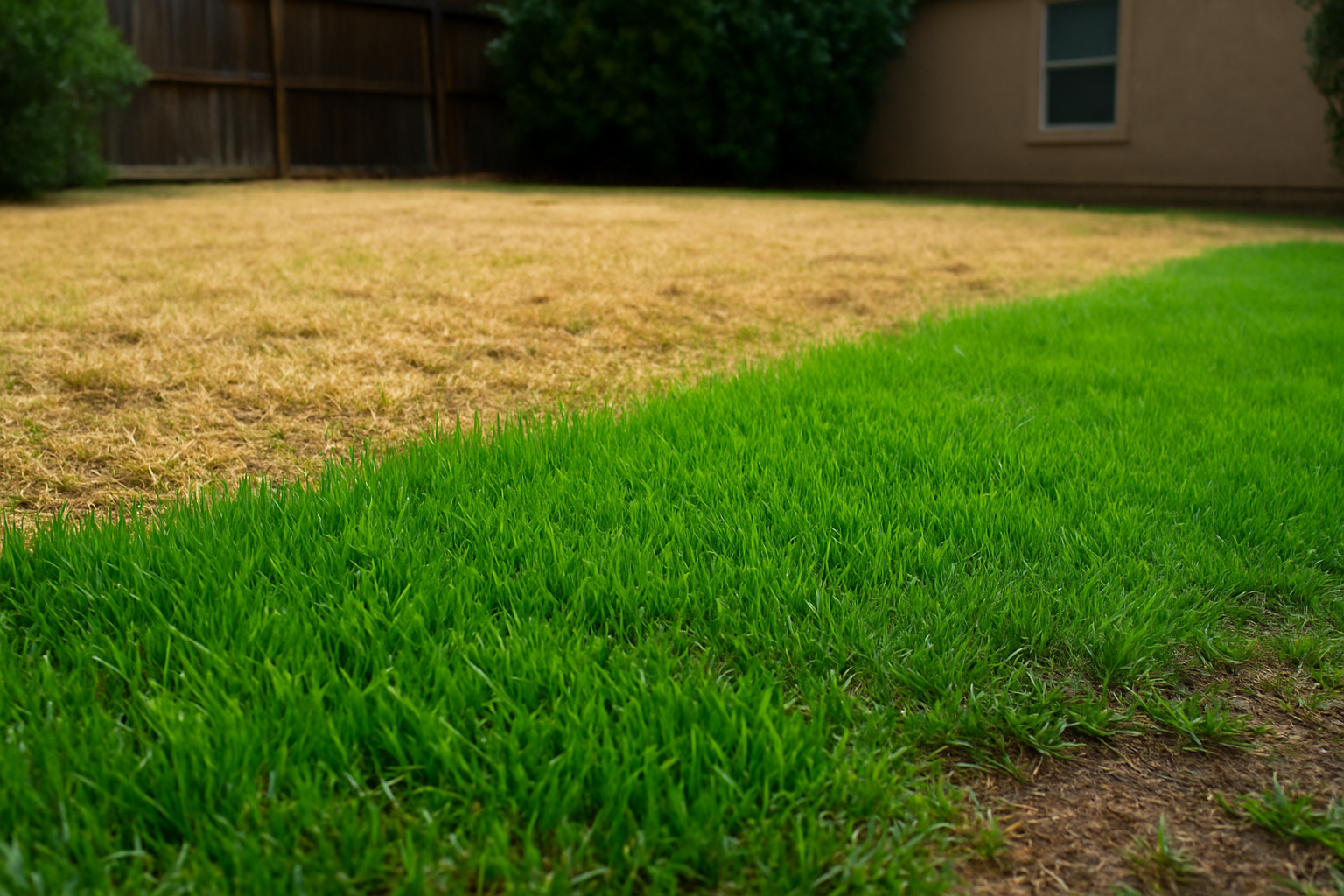
Keeping a lush, green lawn in Arizona can feel like a challenge, especially with limited rainfall and high summer temperatures. Many homeowners either overwater and waste resources or underwater and end up with dry, unhealthy grass. The key to success is drought-resistant lawn care—a set of strategies that help conserve water while keeping your lawn healthy, resilient, and vibrant.
If you’re struggling with water conservation while maintaining a beautiful lawn, don’t worry—simple adjustments to your watering schedule, soil care, and mowing techniques can make all the difference. Learn how to optimize lawn care with seasonal watering strategies to ensure your grass thrives year-round.
Why Water Conservation is Essential for Lawn Health
Arizona’s desert climate presents unique challenges when it comes to lawn maintenance. Frequent droughts, low rainfall, and extreme summer temperatures make traditional watering methods inefficient. Overwatering can lead to shallow root systems, wasted resources, and increased lawn diseases, while underwatering results in brittle, patchy grass.
Rather than relying on excessive irrigation, homeowners can adopt drought-resistant techniques that reduce water usage, improve soil retention, and enhance lawn resilience. If your lawn struggles during the hottest months, explore heat-proofing methods to keep grass strong in extreme conditions.
Why Water Conservation is Essential for Lawn Health
Water Deeply but Less Often
One of the biggest mistakes homeowners make is watering too frequently but not deeply enough. This leads to shallow roots, making grass more dependent on frequent watering. Instead, deep and infrequent watering encourages strong root growth, helping grass access moisture deeper in the soil.
The best time to water is early in the morning when temperatures are cooler, reducing evaporation. Watering in the late evening is another option, but it increases the risk of fungal diseases. Using a drip irrigation system or soaker hoses ensures water reaches the roots efficiently without runoff or evaporation.
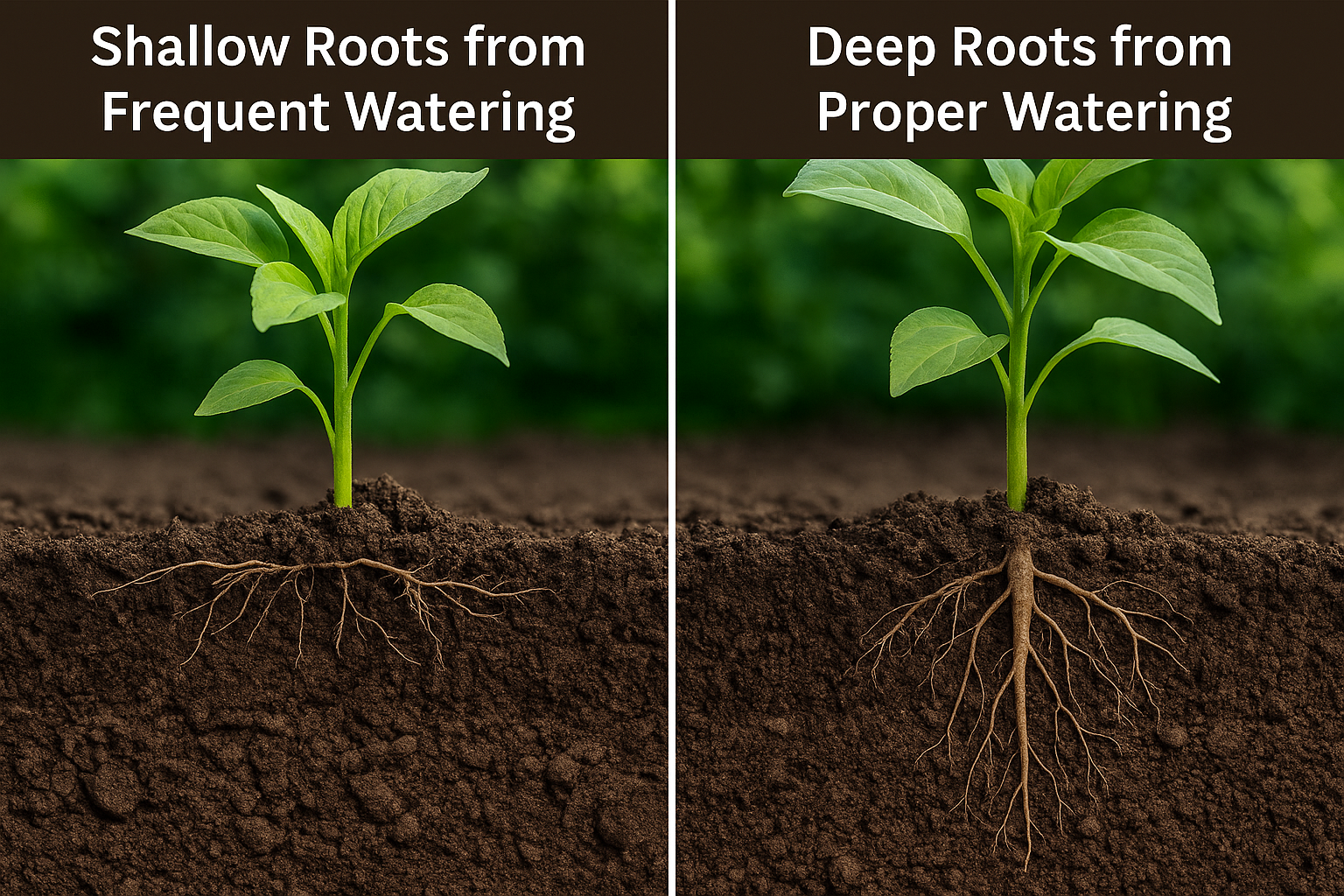
Lawn Care Strategies to Reduce Water Waste
Mow the Right Way to Protect Your Lawn
Mowing height plays a crucial role in water retention. Cutting grass too short exposes the soil, increasing evaporation and water loss. Keeping the blades longer (around 3 inches) shades the soil, helping retain moisture for longer periods.
Using a mulching mower also helps, as the grass clippings act as a natural mulch, locking in moisture and adding organic nutrients back into the soil. Proper mowing techniques not only conserve water but also keep your lawn healthier with less effort.
Mulching and Soil Enhancement for Water Retention
Healthy soil is the foundation of a drought-resistant lawn. Mulching with organic materials like wood chips, bark, or shredded leaves helps retain moisture, reduce evaporation, and improve soil structure. Adding compost or organic fertilizers further enhances soil health by increasing nutrient retention and water-holding capacity.
If your lawn isn’t holding moisture well, improving soil quality with organic amendments can significantly reduce water dependency. Learn how to enhance soil health to improve grass resilience and growth.
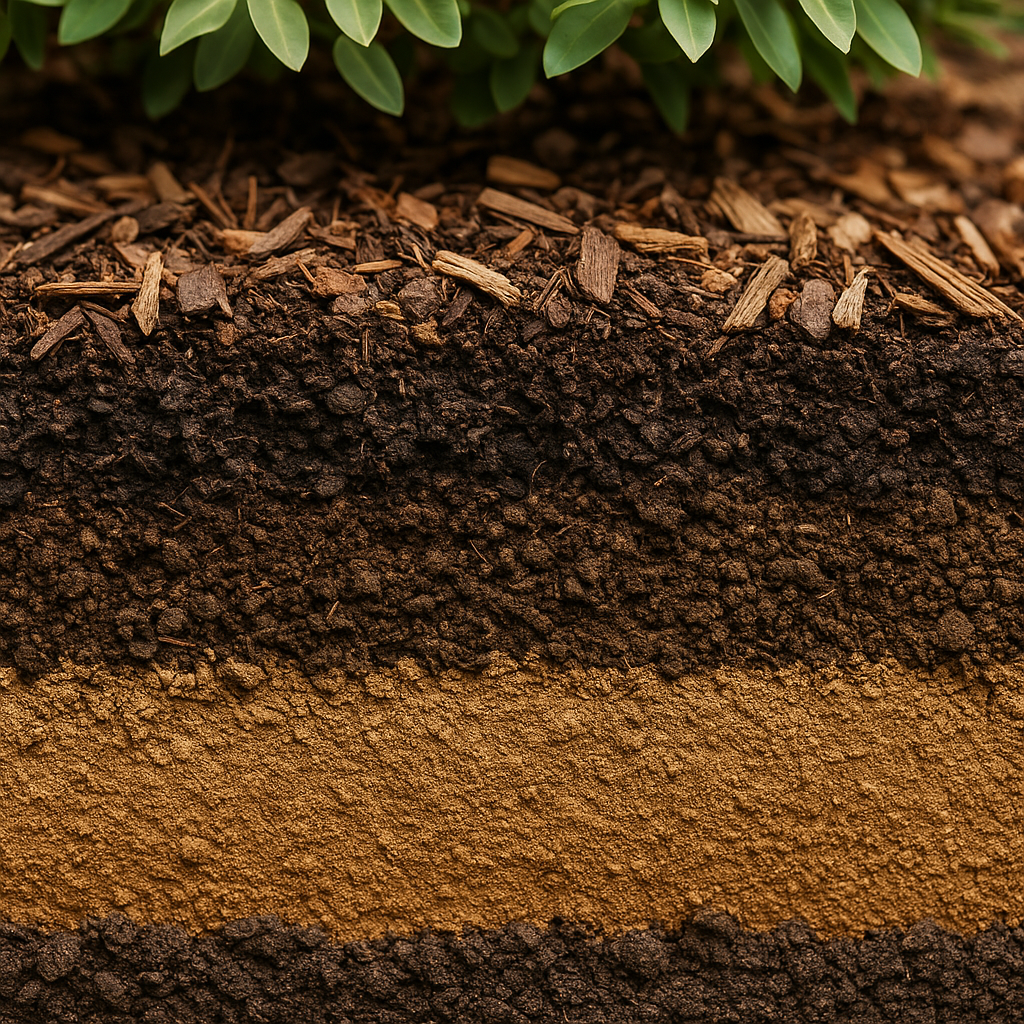
Upgrading Your Irrigation System for Maximum Efficiency
Switch to Smart Irrigation Systems
Using the right irrigation system can cut down on water waste while ensuring that your grass receives adequate moisture. High-efficiency sprinklers, rotary nozzles, and drip irrigation distribute water more evenly, minimizing runoff and evaporation.
Installing a rain sensor or soil moisture meter prevents overwatering, ensuring the lawn is only watered when necessary. By upgrading to a smart irrigation system, homeowners can save up to 50% on their water use.
Reduce Lawn Size for a Water-Saving Landscape
A drought-friendly landscape doesn’t always have to be all grass. Many homeowners reduce their lawn size by integrating drought-tolerant plants, decorative gravel, or hardscaping features like stone paths and patios. These additions cut down on water needs while still maintaining a visually appealing yard.
If you want a beautiful, low-maintenance yard with less lawn to water, consider incorporating drought-resistant landscaping strategies to maximize efficiency.

Building a Water-Efficient Lawn in Arizona
Maintaining a healthy lawn while conserving water is possible with the right drought-resistant strategies. By adjusting watering habits, improving soil quality, mowing correctly, and upgrading irrigation systems, homeowners can enjoy lush, green grass without excessive water use.
If you’re struggling with water conservation while maintaining a beautiful lawn, don’t worry—simple adjustments to your watering schedule, soil care, and mowing techniques can make all the difference. Learn how to optimize lawn care with seasonal watering strategies to ensure your grass thrives year-round.




